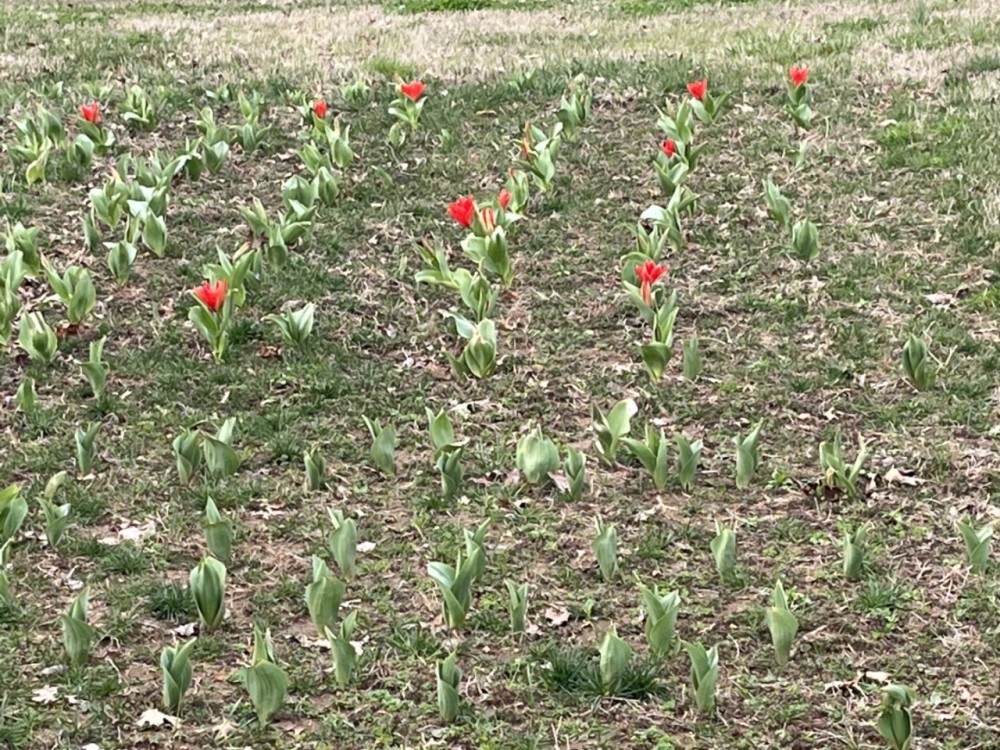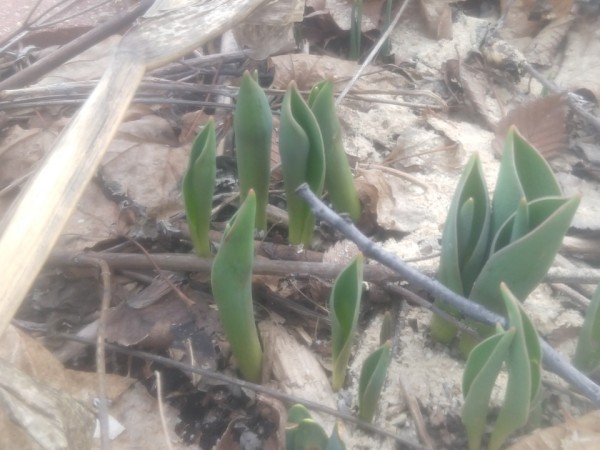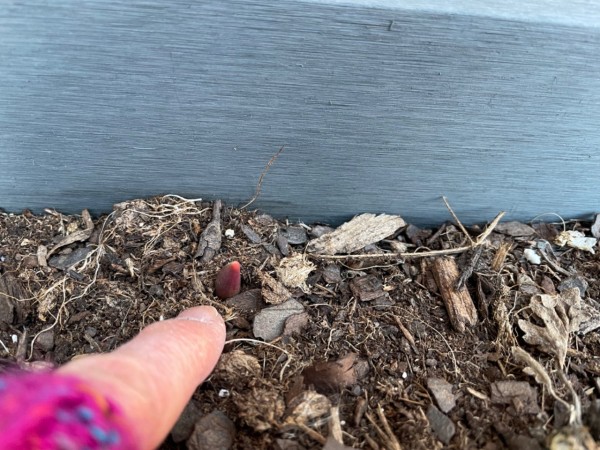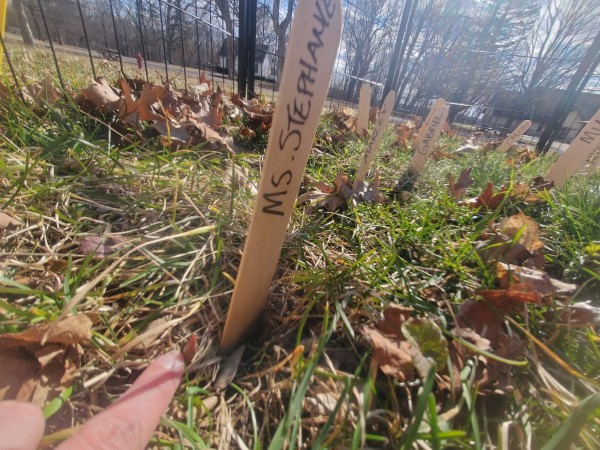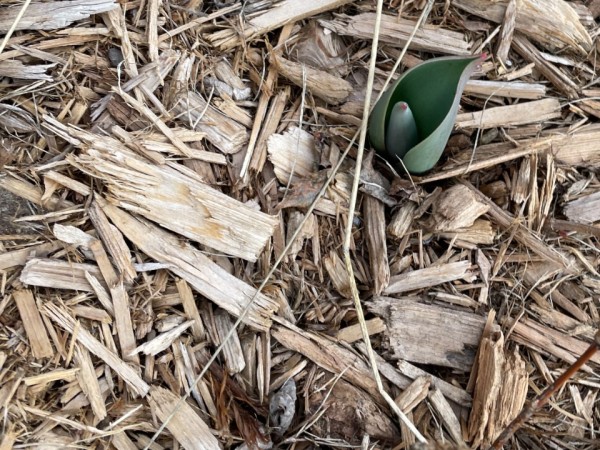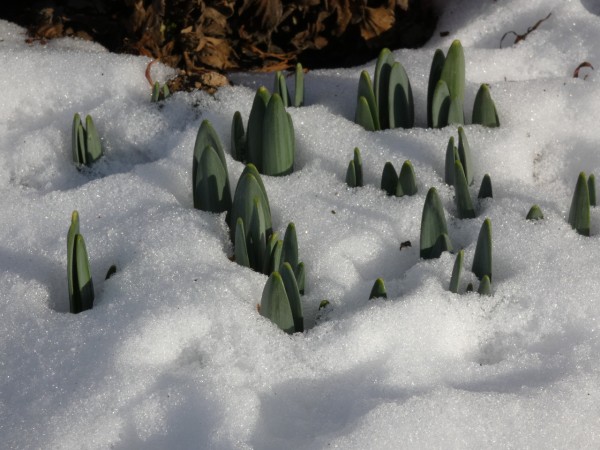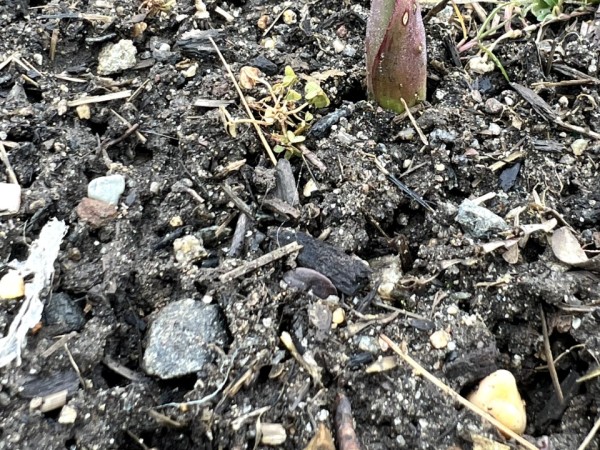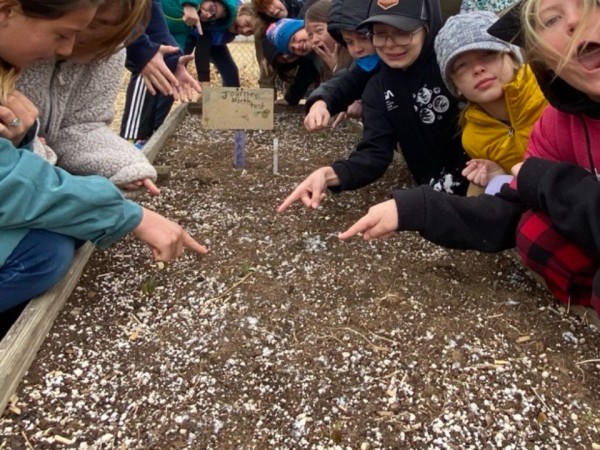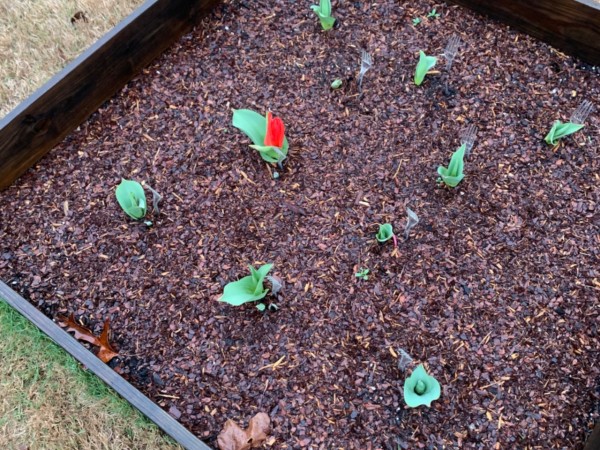Spring Unfolds: Tulips Emerging and Blooming
When tulips emerge and bloom, report your observational reports to Journey North. This project is a great way to spark curiosity about phenology.
March Is Here
Volunteers across North America document the emergence and blooming of tulips, capturing the transition from winter's slumber to spring's vibrant awakening. From Texas to Ontario, follow along as each tulip heralds the arrival of spring. As spring brings warmer temperatures chasing winter away, tulips, those vibrant harbingers of the season, start to emerge beneath the soil. Across various corners of North America, volunteers eagerly await the emergence of these colorful blooms, armed with notebooks and cameras to document the transition to spring.
Tender Shoots
Unseasonably high temperatures hit the Great Lakes region coaxing bulbs to emerge earlier than expected. In Wisconsin, Marjorie in Wauwatosa and Denice in Sheboygan, marvel as several tulips make their debut. While in Minnesota, Amy in Lino Lakes, Sarah in Brooklyn Park, and Stephanie in Faribault all expressed astonishment as their tulips broke through the soil, defying the typical timeline for their arrival.
Further north, in Harley, Ontario, Anton notes tulip emergence, attributing it to the recent warm temperatures and sunshine.
Along the East Coast, a cold front keeps thoughts of spring at bay. When tulip bulbs are observed excitement ensues.
In Martinsburg, West Virginia, Kathy excitedly records the emergence of twenty tulip bulbs, their tender green shoots peeking out to greet the sun.
Traci in New York City comments: “We are so excited that some of our tulips have emerged!”
West of the Rockies, Tom in Fort Collins, Colorado, reports the emergence of their tulips, accompanied by photos capturing this early growth excitement.
Blooming Wonders
In Zephyr, Texas, on a crisp January morning, V. Dianne noticed the first signs of tulip life, as four delicate shoots pushed through the earth, signaling the beginning of spring. Just a month later, V. Dianne reports that several tulips are in full bloom: “We are excited! We had noticed splashes of red on multiple plants and were just waiting. The weather has been extra warm, then went down to 26 degrees on Saturday. We covered the emerging plants with hay to protect them, uncovered on Monday. Today it is 80 degrees.”
Billy in Thorsby, Alabama, rejoices as ten Emperor Red Tulips grace his garden with their vibrant hues.
Meanwhile, Tessa in Columbia, Tennessee, shares the joy of witnessing her tulips' bloom. (cover photo)
Track Seasonal Change
Through their collective observations, these volunteers paint a vivid portrait of spring's arrival, reminding us of the magic found in the simple act of blooming. Each tulip invites us to pause and marvel at the beauty that surrounds us, even in the most unexpected places.
For Educators, participation in this project also helps spark curiosity and understanding of phenology. Inspire students to think and act like scientists as they observe seasonal changes in the garden. This project is a great way to spark curiosity and investigation into questions such as:
- How does the weather affect tulips?
- What is happening underground?
- Where on the map will the first tulips emerge?
- When will my tulips emerge and bloom?
Use science journaling with students to record soil temperatures, make predictions, measure growth, and draw and describe the garden. Document their discoveries in their science notebooks and record questions during the investigation. Gather your questions and predictions about tulips, gardens, planting experiments, daylight, and climate.
Remember to report from your garden twice this spring: when tulips EMERGE and when tulips BLOOM.
Study the map to see where there’s action!

